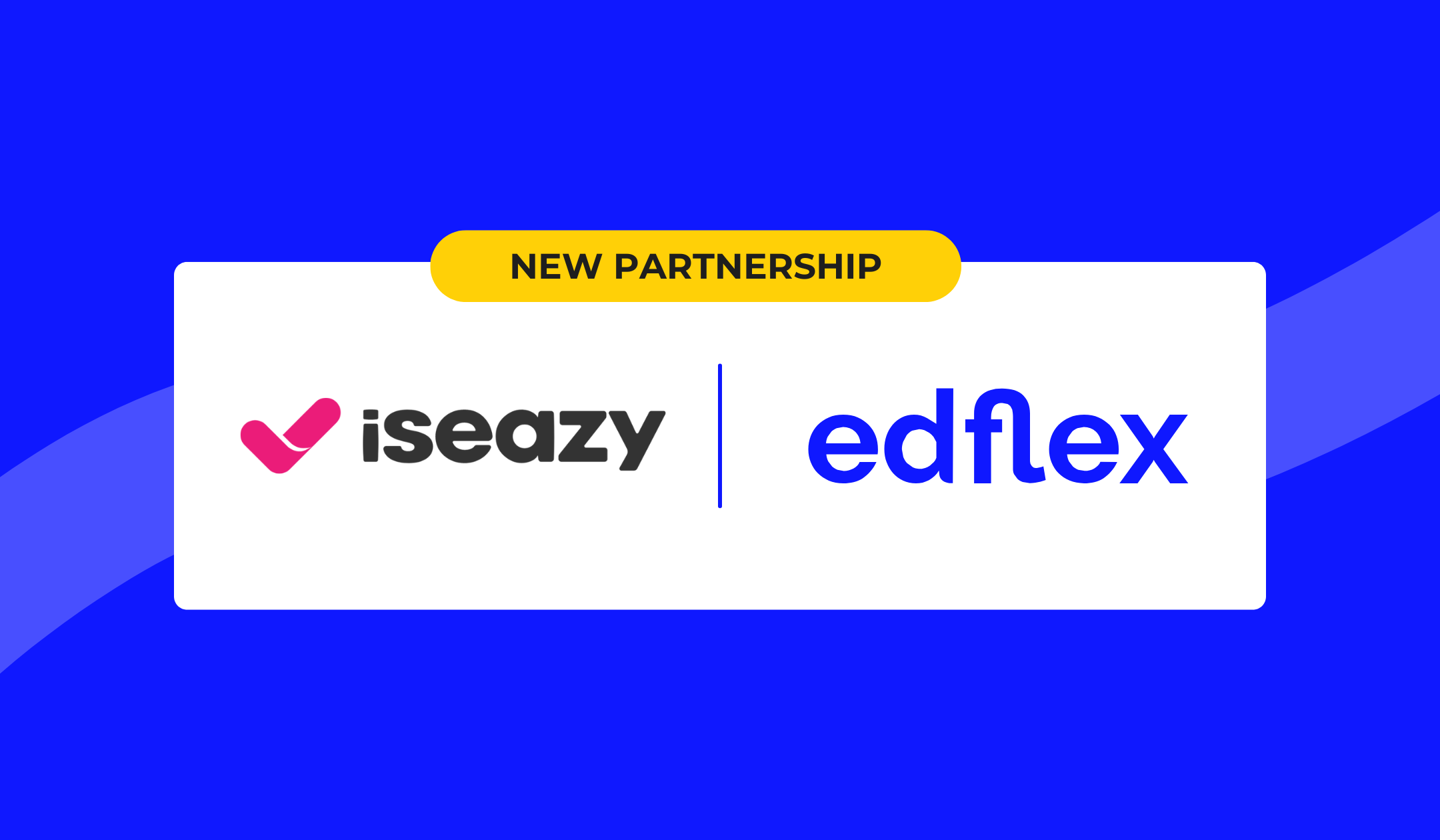Medical errors contribute to over 250,000 deaths annually in the U.S. alone.
In healthcare, few imperatives are as critical, or as universally agreed upon, as patient safety. Whether you're in a hospital, clinic, long-term care facility, or outpatient setting, every action taken by a healthcare professional directly or indirectly impacts a patient’s well-being. To manage this immense responsibility, organizations rely on a range of policies, protocols, and training.
Training is often built around checklists with the goal to standardize best practices, guide high-stakes procedures, and help prevent human error in fast-paced environments. But checklists are only part of the equation. When it comes to patient safety, training that just simply ends with a completed box is training that may not deliver in the moments that matter most.
The Limits of “Check-the-Box” Training
Healthcare workers are accustomed to mandatory annual training covering topics like infection prevention, medication safety, and emergency protocols. These are essential, but too often, they’re delivered in a static, one-size-fits-all format like a series of slides or videos followed by a short quiz. While this might satisfy regulatory requirements, it rarely leads to deep understanding or behavior change.
The truth is that check-the-box training can create a dangerous illusion that compliance equals competence. Staff may pass the test, but that doesn't mean they're equipped to apply those lessons under pressure or when unpredictable situations arise in real clinical settings. In the worst cases, it can result in complacency- a belief that safety is something you complete once a year, rather than something you practice every day.
A Shift Toward Behavioral Training
Leading healthcare organizations are rethinking their approach, shifting from a compliance-first model to one focused on continuous learning and behavior change. This begins by treating patient safety not just as a knowledge domain, but as a skillset that must be practiced, reinforced, and supported by the culture around it.
Instead of focusing only on what staff should know, modern safety training is asking: How do we ensure people act on what they know when it counts?
That means providing more immersive, real-world training experiences that require critical thinking and sound judgment. Especially in an industry where we know that timing can be the difference between life and death.
For example, surgical teams who train using immersive simulation achieve 30% fewer complications and operate 25% more efficiently.
Equally important is team-based training. Patient safety is deeply dependent on how individuals communicate and collaborate. Interdisciplinary simulations where nurses, doctors, and support staff work together in lifelike exercises can strengthen communication and surface gaps in coordination before they lead to errors.
Building a Culture of Psychological Safety
Even the best training won't stick if the organizational culture discourages people from speaking up. In fact, over half of U.S. healthcare staff have shared that fear of consequences has prevented them from sharing patient safety concerns. This is the absolute definition of deadly silence and why many L&D leaders have started to embed education around psychological safety and culture into their patient safety initiatives.
When staff understand that the organization prioritizes learning over blame, they're far more likely to share insights, identify risks, and contribute to improvement. This cultural shift starts from the top with leadership that shows transparency by admitting to mistakes, asking for input, and showing openness to feedback.
Keeping Safety Top-of-Mind
A single annual training simply isn’t enough. Safety standards evolve, new threats emerge, and human memory fades. To address this, healthcare organizations are increasingly investing in continuous learning models that include short, focused modules delivered via mobile platforms, email reminders, or even embedded directly into workflows to appeal for all learners. This helps keep patient safety top-of-mind, without overwhelming an already busy staff.
The Real Goal: Culture, Not Compliance
Ultimately, training for patient safety is not just about delivering information or passing a test. It’s about shaping mindsets, encouraging proactive behavior, and embedding safety into the culture of care. When healthcare organizations go beyond the checklist and invest in meaningful, contextualized, behaviorally driven training, they’re doing more than meeting regulatory standards.
They’re protecting patients. They’re empowering their people. And they’re building systems that can learn, adapt, and improve.
Looking to transform your patient safety training program? Learn how Edflex’s top healthcare training content can help you create learning experiences that stick, scale, and save lives.



















